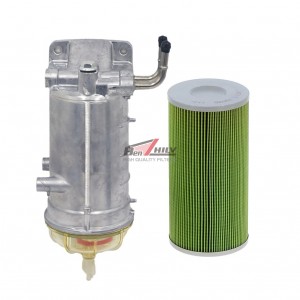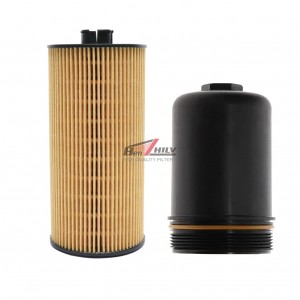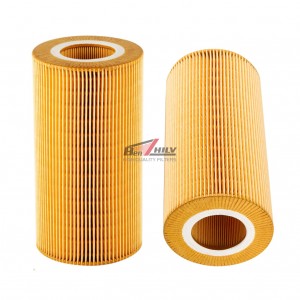The structure of forest products is divided into two categories: timber and non-timber forest products.
- Timber Products: Timber products come from the wood of trees, and are divided into three categories:
- Sawmill products such as lumber, beams or planks, logs or poles.
- Composite products such as plywood, particleboard, and laminated veneer lumber.
- Wood-based energy products such as fuelwood, charcoal, and wood pellets.
- Non-timber Forest Products (NTFPs): NTFPs include a wide range of forest products other than timber, which can be divided into the following categories:
- Wild foods such as fruits, berries, mushrooms, and nuts.
- Medicinal plants and herbs: such as ginseng, aloe and many other medicinal plants that are used in traditional medicine systems.
- Non-timber building materials: such as bamboo, rattan, and palm leaves which are used for making furniture, handicrafts and other traditional products.
- Ornamental plants: such as ferns, orchids, mosses, and other decorative plants.
- Essential oils: which are extracted from plants and are used in perfumes, cosmetics, and aromatherapy.
The production of forest products involves several steps, including:
- Planning and management of forest resources to ensure sustainability.
- Harvesting of wood or NTFP products from the forest.
- Processing of timber or NTFP products using specialized techniques such as milling, drying, and pressing.
- Packaging and transportation of products to distributors or consumers.
Overall, the production of forest products requires careful planning and management, as well as sustainable practices that protect forest resources for future generations.
OEM Cross Reference
| EQUIPMENT | YEARS | EQUIPMENT TYPE | EQUIPMENT OPTIONS | ENGINE FILTER | ENGINE OPTIONS |
| Item number of product | BZL- | |
| Inner box size | CM | |
| Outside box size | CM | |
| Gross weight of the whole case | KG |
Products categories
-

Phone
-

E-mail
-

Whatsapp
whatsapp

-

Whatsapp
whatsapp

-

Top










